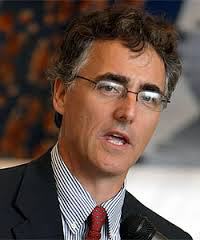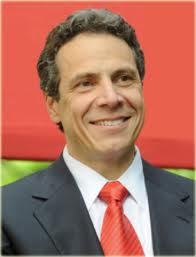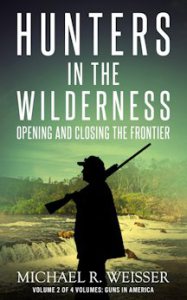Back in 2010, SCOTUS decided that the only state which did not issue concealed weapons permits - Illinois - had to get in line with the 2008 Heller decision and let state residents carry guns. After a lot of back and forth between the governor and the legislature, a bill was finally approved which went into effect this past weekend. And much to everyone’s astonishment, the website that has to be used for the CCW application actually works! It’s working so well that the State Police processed and approved more than 13,000 applications by Tuesday and is gearing up for more to come. There are over 3 million gun licenses floating around Illinois, and while nobody knows how many license-holders will want to carry their guns, the $150 application fee hasn’t yet been seen as a barrier against the exercise of this precious 2nd Amendment right.
Meanwhile, gun owners had even more reason to cheer because on Monday a Federal judge, appointed by President Obama no less, issued a ruling declaring Chicago’s ban on retail gun sales to be unconstitutional which means that, at some point, city residents won’t have to take a trip out of town in order to buy a gun. The city was given time to respond to the ruling and, if the experience in Washington, D.C. is any guide, folks in the Windy City shouldn’t expect to be able to go walking into the neighborhood gun boutique any time soon.
For that matter, those Illinois residents who take the time and trouble to get their hands on a concealed-carry license aren’t going to be walking around whistling Dixie either, if only because the provisions of the new law that define where, when and how a concealed weapon can be carried within the state are a wonder to behold. And not only is the law complicated and laced with all kinds of exceptions and variations on the rules, there’s even confusion about how to enforce it on the part of law enforcement agencies themselves. The law, for example, doesn’t let you bring a concealed weapon to a street fair but allows you to walk through the fair if you are on your way home. Try enforcing that one - yea, right.
Meanwhile, the other problem with the licensing process, according to one expert - Cook County Sheriff Tom Dart - is that the application process is so flawed that people with histories of violence or mental illness will still be able to be approved. At issue is the use, or I should say, non-use of the LEADS database, which is a catch-all compendium of data from federal, state and local law enforcement agencies that is used to access information about just about anything and everything, including gang membership, stolen boats, missing persons, foreign fugitives, snowmobile registration and God knows what else. By the way, it also contains a fairly complete record on violent crime. Dart claims that LEADS should be used to approve applications for CCW in Illinois; the new CCW law specifically prohibits its use. The Cook County sheriff is known to be an opponent of concealed carry, and while his stated objections to the new law have gained him some kudos with the gun control crew, he hasn’t exactly endeared himself to those who hold the opposite point of view.
I’m not a law enforcement expert, nor do I claim to hold a degree in Constitutional law. But I do wish occasionally that some of the howlers and yowlers on both sides of the gun debate would consider being a bit more modest when it comes to being for or against guns. Like it or not, walking around with a concealed weapon is an issue of public safety, and if sheriffs in states like Colorado and New York have the right to state their unwillingness to enforce new gun control laws, then a sheriff in Illinois who believes that a new gun control law won’t do what it’s supposed to do is also obligated to make and state his case.






Recent Comments